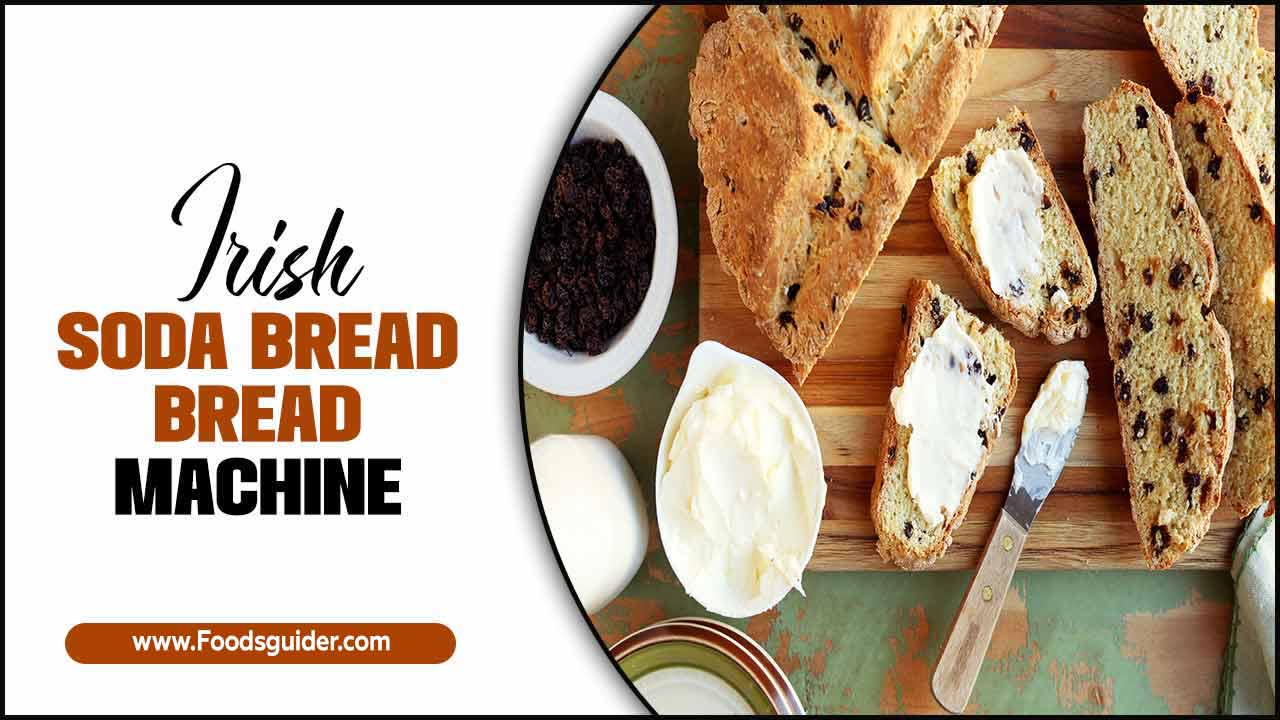Have you ever tasted something that made you feel like a warm hug? Imagine enjoying a hearty bowl of asturian fabada. This delicious dish hails from Asturias, a region in northern Spain. It’s not just food; it’s an experience!
When you take your first bite, the soft beans and rich flavors dance on your tongue. You may wonder, what exactly is asturian fabada? It’s a stew filled with not just beans, but also chorizo and other meats. Each ingredient brings its own unique taste to the table.
Did you know that the people of Asturias celebrate this dish with festivals? Each year, chefs showcase their best versions to eager crowds. Imagine the smells wafting through the air. It’s like a festival for your senses!
As you dive into the world of asturian fabada, you’ll discover much more than a simple meal. Are you ready to explore its rich history and flavors? Let’s embark on this tasty journey together!
Asturian Fabada Tasting: A Culinary Delight Experience
Discovering Asturian Fabada Tasting
Asturian fabada is a rich bean stew filled with flavors. When tasting it, you’ll notice the smoky notes from the chorizo and morcilla. Each bite offers heartiness that warms the soul. Have you ever tried a dish that tells a story? This one does! Originating from Asturias, it brings comfort and history to the table. Sharing fabada with friends creates a cozy atmosphere. Enjoying this dish might just inspire your next culinary adventure!What is Asturian Fabada?
Definition and historical background. Importance in Asturian culture and cuisine.Asturian fabada is a traditional Spanish stew made from small white beans, chorizo, and morcilla (blood sausage). This dish has roots in the Asturias region and dates back to the 16th century. It’s not just food; it’s a warm hug in a bowl! Asturian fabada holds a special place in local culture, often enjoyed during family gatherings and celebrations. Many believe a good fabada can fix just about anything—if only it could tackle homework too!
| Key Ingredients | Significance |
|---|---|
| White Beans | Heart of the stew |
| Chorizo | Adds spice and flavor |
| Morcilla | Brings depth to the dish |
This dish shows how food connects people and traditions. It’s like a tasty time machine that takes you back to cozy family dinners in Asturias.
The Art of Preparing Fabada
Stepbystep cooking process. Tips for achieving the perfect texture and flavor.Making the perfect fabada is a fun experience! Start by soaking the beans overnight. This helps them cook better. Next, cook some flavorful ingredients like chorizo and morcilla in a big pot. Add the soaked beans and plenty of water. Let everything simmer for a few hours. Check the beans often and stir gently.
For the best texture and taste:
- Use fresh ingredients.
- Don’t rush the cooking.
- Taste during cooking to adjust flavors.
What is a key tip for fabada preparation?
The key tip for fabada preparation is to allow it to simmer slowly. This enhances the flavors and makes the beans creamy.
How to Taste Fabada Like a Pro
Techniques for savoring the dish. Pairing suggestions (wines and sides).Tasting fabada is an adventure! First, grab a spoon and savor each bite slowly. This dish is rich, so take tiny tastes to enjoy all the flavors. Pair it with a glass of Asturian cider or a lovely red wine to make your taste buds dance! Don’t forget some fresh bread on the side—it’s perfect for soaking up that delicious sauce.
| Wine Pairing | Side Suggestions |
|---|---|
| Asturian Cider | Fresh Bread |
| Red Wine | Green Salad |
This makes for a spectacular meal. Remember, it’s not just food; it’s a fiesta on your plate!
Best Places to Experience Asturian Fabada
Recommendations for restaurants in Asturias. Notable festivals and events featuring Fabada tasting.Many great places in Asturias serve tasty asturian fabada. Here are some top spots to visit:
- Casa Gerardo: Famous for its warm atmosphere and delicious recipes.
- El Cencerro: Offers a unique twist on traditional fabada.
- Restaurante La Figar: Known for homemade fabada made with love.
Don’t miss festivals like the Fiesta de la Fabada, where you can taste this amazing dish. Fun events celebrate local culture and food, attracting visitors every year!
Where can I find festivals for asturian fabada?
You can find the Fiesta de la Fabada in several towns throughout Asturias every September. This festival showcases the best of local foods and traditions, making it a great time to visit!
Health Benefits of Fabada
Nutritional value of the ingredients. Potential health implications of enjoying fabada.Fabada is not just a delicious treat; it packs a punch of nutrients too! The main ingredients, like beans, chorizo, and morcilla, bring several health benefits. Beans are high in protein and fiber, helping your tummy feel full and happy. Chorizo adds flavor and can boost heart health. But, enjoy it in moderation—too much can be a spicy surprise for your body! Here’s a little table to highlight what’s inside fabada:
| Ingredient | Nutritional Value |
|---|---|
| Beans | High in protein and fiber |
| Chorizo | Source of iron and flavor |
| Morcilla | Rich in vitamins B12 and protein |
So, *what’s the takeaway?* Eating fabada can be part of a balanced diet! Just remember, it’s a delight best enjoyed occasionally—your taste buds will thank you, while your waistline might negotiate a truce!
Fabada Variations Around the World
Influence of Asturian Fabada on global cuisine. Creative adaptations by chefs outside Asturias.Many regions around the world have embraced the flavors of Asturian Fabada. Chefs create their own versions, blending local ingredients with traditional elements. This makes each dish unique. Here are some creative adaptations:
- In Mexico, chefs add spicy chorizo for a kick.
- In Italy, cannellini beans are mixed in for heartiness.
- Some places use seafood to give a coastal twist.
These adaptations show how food can unite different cultures. Every variation tells a story, making the fabada irresistible worldwide.
How has Asturian Fabada influenced global cuisine?
Asturian Fabada has inspired many chefs to explore new flavors and techniques. Its rich history encourages creativity in kitchens everywhere, resulting in diverse versions of this classic dish.
Frequently Asked Questions About Fabada Tasting
Common misconceptions. Tips for firsttime tasters.Many people think fabada is the same as every other bean dish. However, each region has its unique twist. This Spanish dish is rich and hearty. Tips for first-time tasters:
- Start with a small portion to get a feel for the flavors.
- Pair it with a mild bread to enhance your experience.
- Don’t rush! Take your time to enjoy each bite.
With these tips, you can discover fabada tasting in a fun way!
Conclusion
In summary, tasting Asturian fabada is a delicious adventure. You experience rich flavors from beans, chorizo, and morcilla. Each bite connects you to Asturian culture. To enjoy it best, try it at a local restaurant or cook it at home. We encourage you to explore more recipes and learn about other traditional dishes. Happy tasting!FAQs
What Are The Key Ingredients That Distinguish A Traditional Asturian Fabada From Other Types Of Bean Stews?A traditional Asturian fabada uses a special type of bean called “fabes.” They cook these beans with tasty meats like chorizo and morcilla, a type of blood sausage. You also add bacon for extra flavor. Finally, spices like paprika make it delicious. These ingredients make it different from other bean stews.
How Can The Quality Of The Ingredients, Such As Chorizo And Morcilla, Affect The Overall Flavor Of The Fabada?The quality of chorizo and morcilla can change how fabada tastes. Good chorizo can make it spicy and flavorful. If the morcilla is fresh, it adds a rich taste. Using higher-quality ingredients gives you a yummier dish. So, always pick the best chorizo and morcilla for the best fabada!
What Is The Traditional Method Of Preparing And Cooking Fabada, And How Does This Impact Its Taste And Texture?To make fabada, you start by soaking white beans overnight. Then, you cook the beans slowly with meat like chorizo and ham. You add spices and let everything simmer for a long time. This cooking method makes the flavors mix well and gives the dish a creamy texture. The long cooking time also makes the beans soft and delicious!
What Are Some Recommended Pairings, Such As Wines Or Side Dishes, That Complement The Flavors Of Asturian Fabada?To enjoy Asturian fabada, you can try red wine like Rioja. It tastes great with the dish. You can also serve it with crusty bread to soak up the sauce. A fresh green salad is a nice side too. These pairings make your meal even yummier!
How Do Regional Variations Of Fabada Exist Within Asturias, And What Unique Flavors Do They Bring To This Classic Dish?In Asturias, fabada can taste different depending on where you are. Some places use spicy sausage, while others add seafood. You might find beans cooked with special herbs or smoked meats too. Each version gives fabada its own unique flavor and makes it exciting to try!







